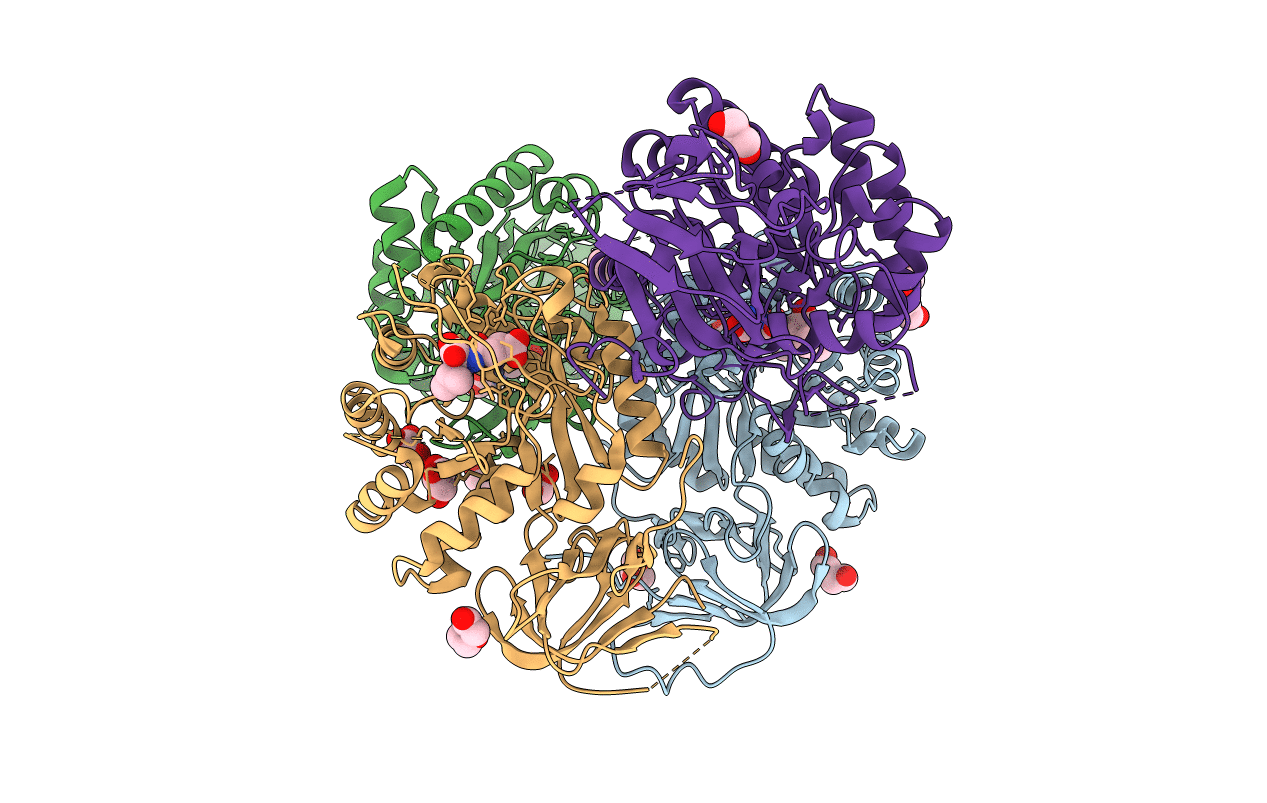
Deposition Date
2020-06-24
Release Date
2020-12-30
Last Version Date
2023-11-29
Entry Detail
PDB ID:
7CF6
Keywords:
Title:
Crystal structure of Beta-aspartyl dipeptidase from thermophilic keratin degrading Fervidobacterium islandicum AW-1 in complex with beta-Asp-Leu dipeptide
Biological Source:
Source Organism:
Fervidobacterium islandicum (Taxon ID: 2423)
Host Organism:
Method Details:
Experimental Method:
Resolution:
2.75 Å
R-Value Free:
0.27
R-Value Work:
0.19
R-Value Observed:
0.20
Space Group:
P 2 21 2


